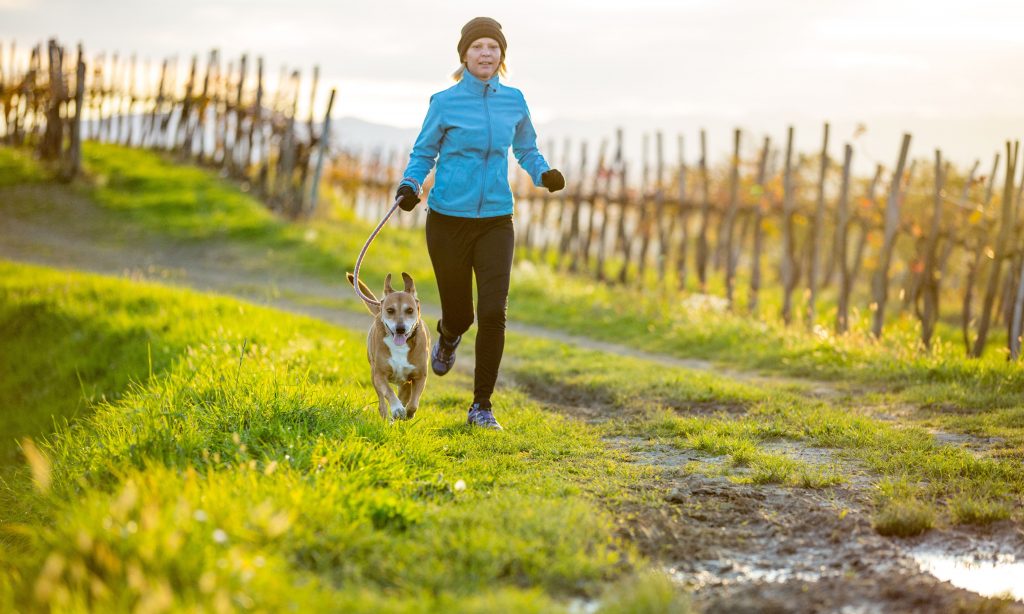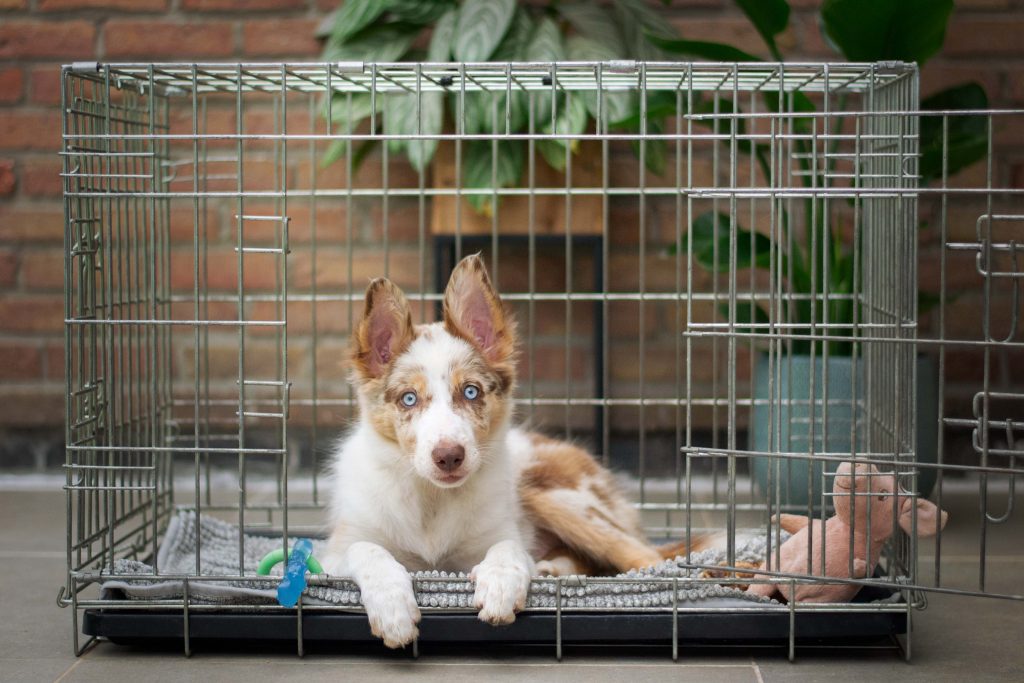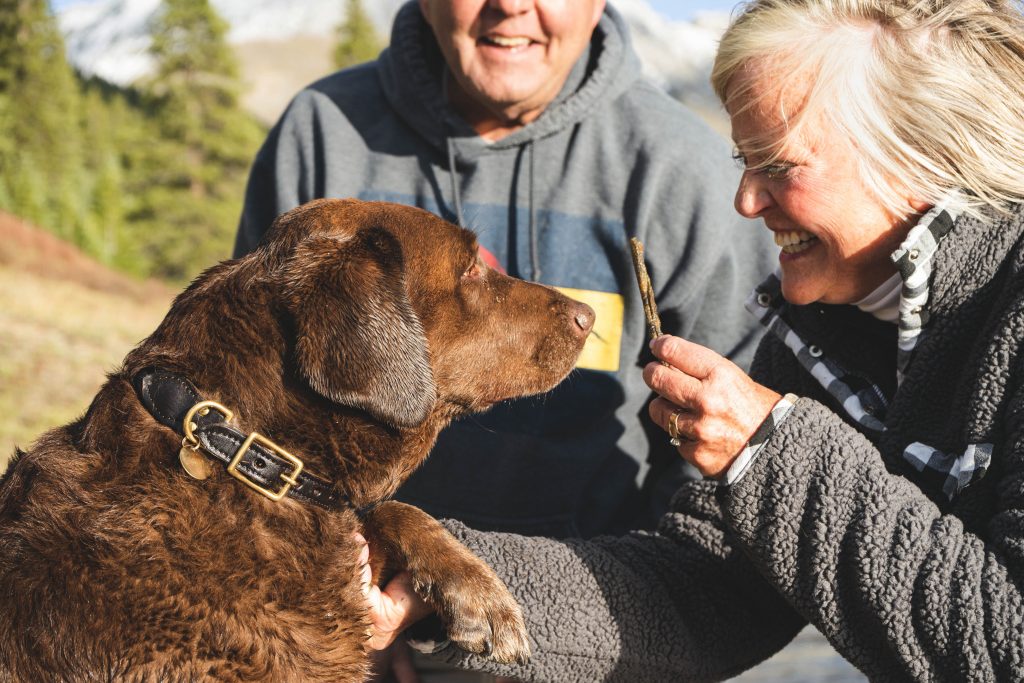How to safely and effectively incorporate a dog into a running routine. The post may cover topics such as choosing the right dog breed, preparing the dog and oneself for running and adapting the running routine as the dog’s fitness improves. It may also provide guidance on how to address common challenges that may arise when running with a dog, such as barking or pulling on the leash. The ultimate goal of the post is probably to help readers establish an enjoyable and rewarding running routine with their dog as a companion.
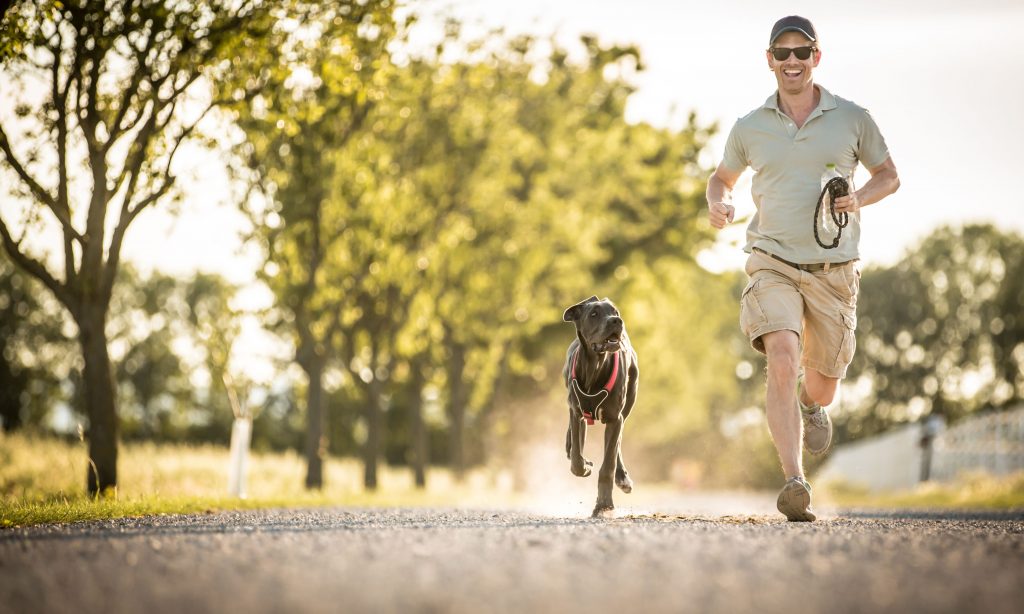
Running with your dog can be a fun and enjoyable way to bond with your furry friend and get some exercise at the same time. But if you’re new to running with your dog, it’s important to follow a few guidelines to ensure a safe and enjoyable experience for both of you.
Here are some tips for starting to run with your dog:
- Choose the right breed: Not all dogs are well-suited for running, so it’s important to consider your dog’s breed and size before hitting the road. Some breeds, such as Greyhounds and Border Collies, are natural runners and may be more suited for long-distance runs. Other breeds, such as Bulldogs and Pugs, may be better suited for shorter runs or walks due to their short snouts and respiratory issues.
- Start slow: If your dog is new to running, it’s important to start slow and gradually build up their endurance. Start with shorter runs and gradually increase the distance as your dog becomes more comfortable and conditioned.
- Get a proper fitting harness or collar: It’s important to use a properly fitting harness or collar when running with your dog to ensure their safety and comfort. A harness that fits too loosely or a collar that is too tight can cause discomfort or even injury.
- Use a leash: It’s important to always use a leash when running with your dog, even if they are well-trained and obedient. This will help keep your dog safe and prevent them from running into traffic or getting lost.
- Stay hydrated: It’s important to bring water for both you and your dog when running, especially on hot or humid days. Make sure to bring a water bottle or portable water bowl to keep your dog hydrated throughout the run.
- Pay attention to your dog’s body language: It’s important to pay attention to your dog’s body language while running to ensure they are comfortable and not overexert themselves. Signs of discomfort or fatigue may include panting, slowing down, or limping. If you notice any of these signs, take a break and let your dog rest.
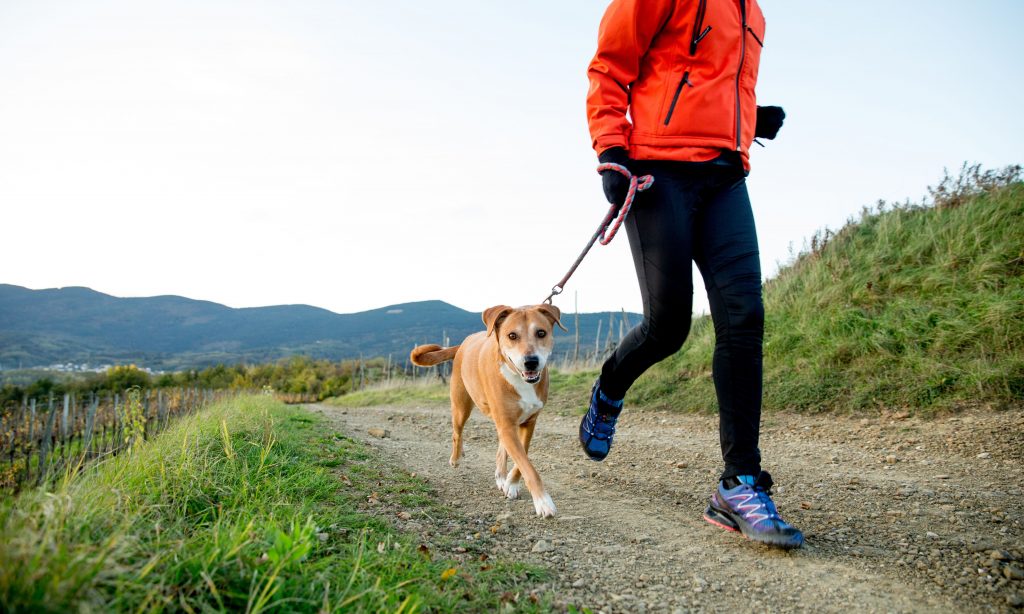
By following these tips, you and your furry friend can safely and enjoyably start running together. Remember to always listen to your dog’s cues and stop if they seem tired or uncomfortable, and consult with a veterinarian before starting any new exercise routine.
Conclusion:
Running with your dog can be a fun and rewarding way to bond and get some exercise. By choosing the right dog breed, preparing your dog and yourself for running, starting slowly and building up gradually, and staying safe, you can ensure that both you and your dog have a safe and enjoyable running experience. With some planning and preparation, running with your dog can become a regular and enjoyable part of your routine. So grab your leash and hit the road with your furry friend for a run you’ll both love!
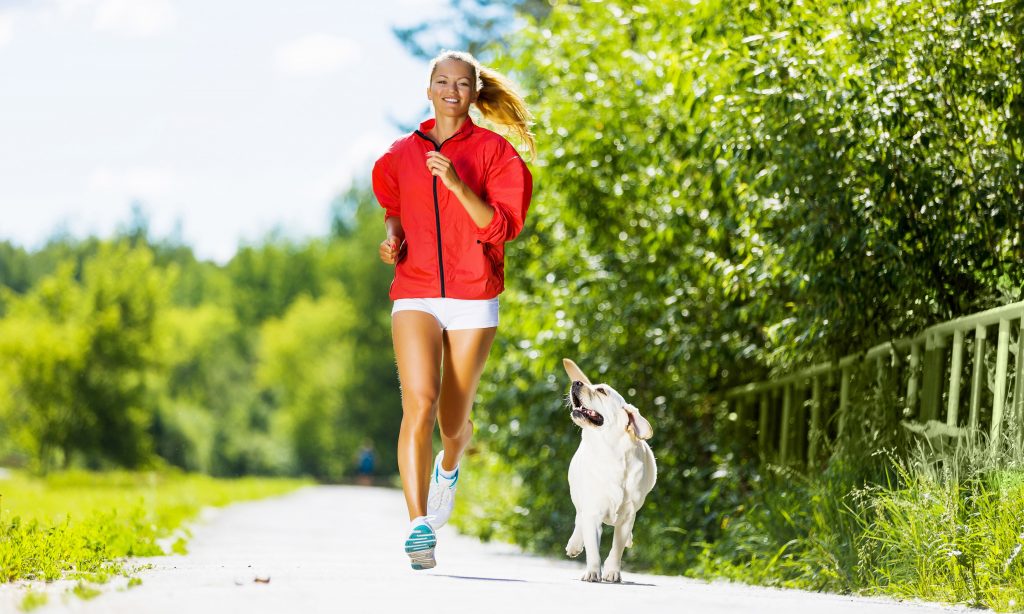
Frequently Asked Questions
Is running with my dog safe?
Running with your dog can be safe as long as you take the necessary precautions. Make sure to choose a dog breed that is well-suited for running, prepare your dog for running by gradually building up their endurance and muscle strength, and stay safe by following traffic laws, keeping your dog on a leash, and being mindful of your surroundings. It’s also a good idea to pay attention to your dog’s body language and listen for any signs of fatigue or discomfort.
How do I know if my dog is ready to start running?
The best way to determine if your dog is ready to start running is to observe their behavior and pay attention to their physical condition. Generally, dogs that are at least one year old and have a good level of physical fitness may be ready to start running. However, every dog is different, so it’s important to consider your dog’s breed, size, and individual characteristics. It’s also a good idea to start slowly and build up gradually to ensure that your dog’s muscles and joints have time to adjust to the increased activity.
What should I do if my dog starts to slow down or seems tired while running?
If your dog starts to slow down or seems tired while running, it’s important to pay attention to their body language and listen for any signs of fatigue or discomfort. If your dog is panting heavily or seems to be struggling to keep up, it may be time to take a break and give them a chance to rest and hydrate. You can also try running at a slower pace or shorter distance to allow your dog to build up their endurance gradually.
Are there any special precautions I should take when running with a puppy?
If you’re running with a puppy, it’s important to be extra cautious and take special precautions to protect their growing joints and bones. Puppies are still developing and may not be ready for long runs or high-impact activities. It’s a good idea to start with short walks and gradually increase the distance and intensity as your puppy grows and becomes more physically fit. You should also be mindful of your puppy’s body language and listen for any signs of fatigue or discomfort.
Can I run with my dog off-leash?
Running with your dog off-leash can be enjoyable, but it’s important to be cautious and consider the safety of both you and your dog. If you’re running in an area with heavy traffic or other potential hazards, it’s best to keep your dog on a leash to ensure their safety. You should also make sure that your dog is well-trained and responsive to commands before attempting to run off-leash. If you do decide to run off-leash, make sure to keep an eye on your dog at all times and be prepared to leash them if necessary.

